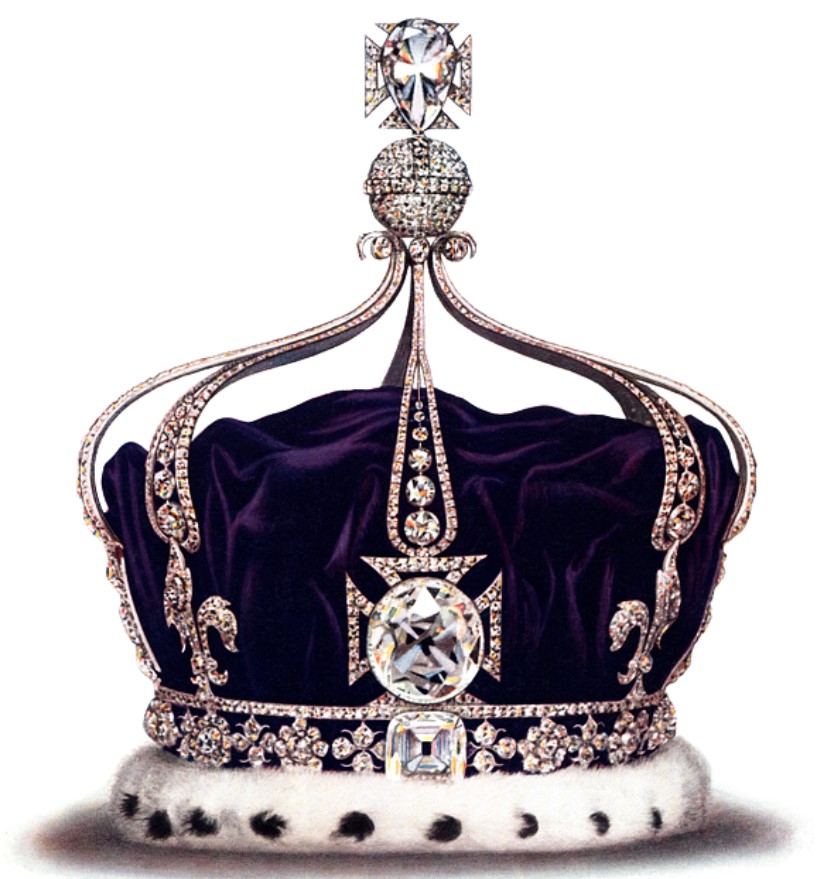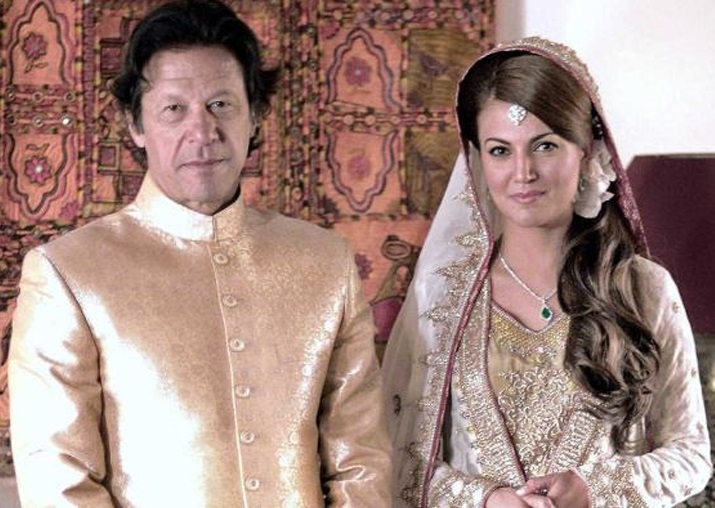After Queen Elizabeth died last year, the Indian government said it has repeatedly raised the issue of repatriating the Koh-i-noor with the British government….reports Asian Lite News
Of all the glittering British crown jewels, one will be conspicuously absent at King Charles III’s coronation: the Koh-i-noor diamond.
Legend has it the 105-carat diamond — whose name means “mountain of light” in Persian — was found on a bank of the Krishna River in southern India at least 800 years ago. From there, the story goes, it spent centuries hidden inside a golden statue at a Hindu temple.
It passed through Mughal, Persian, Afghan and Sikh empires before ending up in the hands of Queen Victoria in the mid-19th century.
Along the way, people came to believe it was cursed. Calamity is said to have struck many a male royal who wore it. One strapped the diamond to his bicep. Another folded it into his turban. Most met grisly deaths — murdered, betrayed, defeated.
So it’s thought that only women — especially queen consorts — can wear the Koh-i-noor safely. Elizabeth, the wife of King George VI, wore it to her coronation in 1937, and again to her daughter Elizabeth II’s in 1953. (There is no known record of Queen Elizabeth II wearing the diamond).
According to tradition, King Charles III’s wife Camilla would be the next to wear the jewel at this weekend’s coronation ceremony. But she will wear a different crown, one with 2,200 smaller diamonds.
That’s because the Koh-i-noor has become a focus of anti-colonial anger. India wants the diamond back.
And it’s not alone. So do several other nearby countries — including Iran and Afghanistan — whose own royals and rulers, over the centuries, possessed the diamond. For now, though, the British royal family has no intention of parting with the giant gemstone.
The museum where it’s kept on display, in the Tower of London, is a popular destination for South Asian tourists.
“I’ve learned my best swears in front of the Koh-i-noor, in three different languages,” says historian Anita Anand, the coauthor of Koh-i-noor: The History of the World’s Most Infamous Diamond. “Every time you bring someone over from India or Pakistan, they just swear at it! Swear at the fact that it’s here.”
After Queen Elizabeth died last year, the Indian government said it has repeatedly raised the issue of repatriating the Koh-i-noor with the British government.
And this winter, Buckingham Palace made an announcement: The royal family had decided to leave the controversial gem out of the coronation ceremony for Charles and Camilla.
For now, it remains locked in the Tower of London, advertised as a “symbol of conquest” — firmly on British soil.
Centuries before humans began mining diamonds deep underground, gems were only discovered after working their way up to the Earth’s surface. And one of the places they seemed to do that most was the area of the Golconda alluvial mines, in southern India.
That’s where, 800 or so years ago, someone went to take a bath in the Krishna River and apparently stumbled upon the biggest diamond then known in the world. Legend has it that it was the size of a coconut.
“People used to go to the rivers and take baths, and there were no soaps or cosmetics at the time, so they used the wet clay next to the riverbanks and applied it to their bodies,” explains Mohan Devarapalli, 32, who gives Koh-i-noor-themed tours in southern India. “So while [collecting] the clay, they found the diamond.”
They considered it a gift from the holy river and took it to their rulers, the 12th century Hindu kings of the Kakatiya dynasty. At the time, India was full of warring states, and the kings needed to keep their diamond safe.
So they hid it in plain sight — inside the eye socket of a large golden statue of the Hindu goddess Durga, in a temple that’s still in use today, on the edge of a lake in the modern-day city of Warangal. One eye was glass, the other was diamond. But they looked identical.
“An Iranian leader called Nadir Shah defeats the enormous Mughal army. From Iran, [the diamond] then enters the hands of Ahmad Shah Abdali, who is the founder of Afghanistan,” Dalrymple explains. “So the Afghans feel equally strongly that this is their stone.”
In the mid-19th century, British diplomats befriended a 10-year-old Punjabi Sikh prince, the Maharaja Duleep Singh, who’d inherited the Koh-i-noor. They took the boy’s diamond as part of an 1849 treaty marking the end of the second Anglo-Sikh war — and presented it to Queen Victoria. She wore it in a dangling bracelet, and later had a giant brooch made to hold the diamond, which she wore to sit for a famous portrait.
That loss of the Koh-i-noor is still felt — memorialized — in India to this day.














